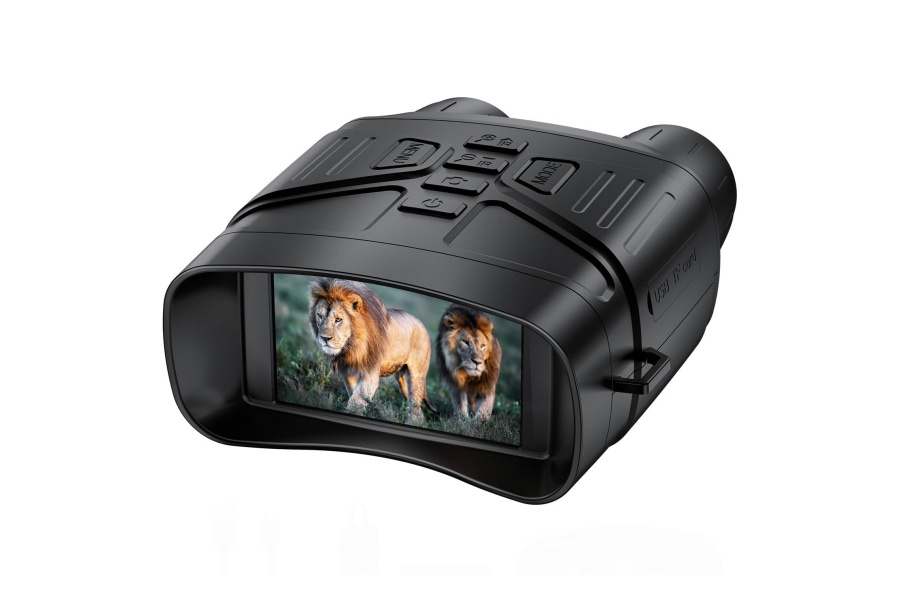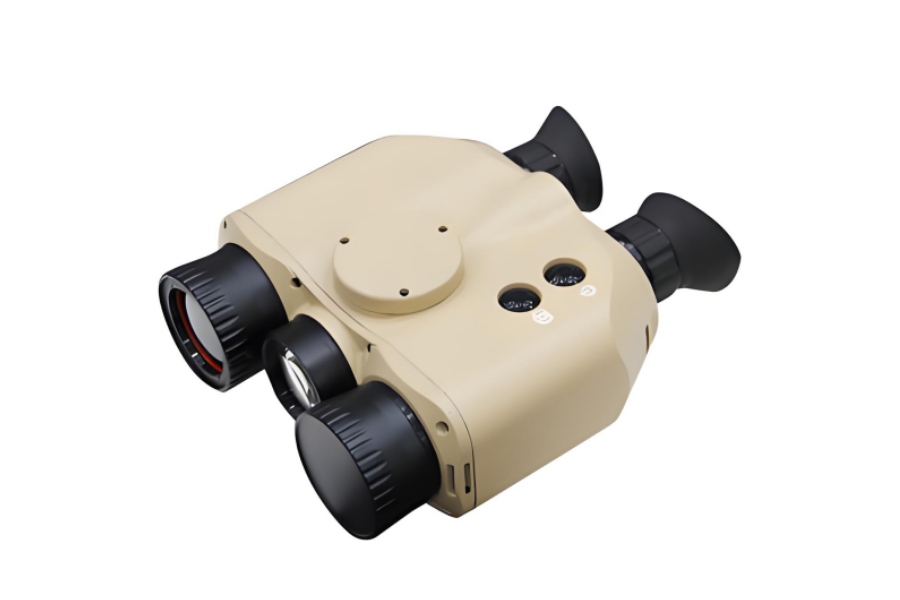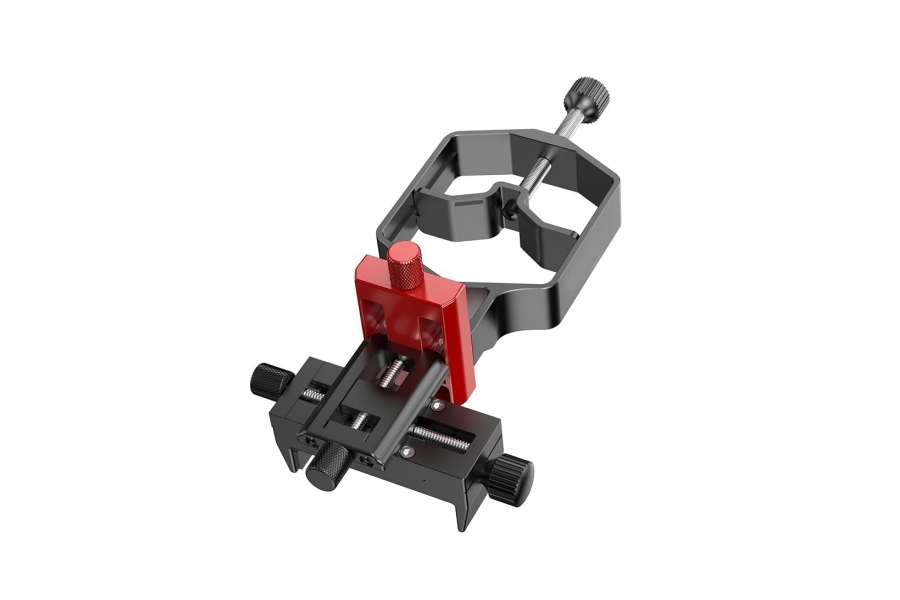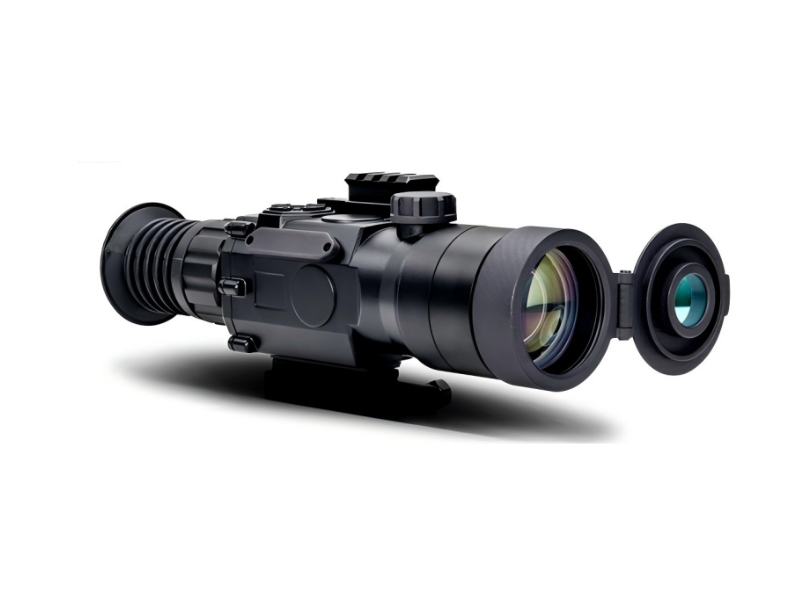Night vision technology has transformed how humans navigate low-light environments, from military operations to wildlife observation. But one question often arises: Why do night vision devices (NVDs) almost universally display images in green? This distinctive hue is not arbitrary—it stems from a combination of human biology, technological limitations, and decades of industry evolution.
In this article, we explore the science behind green night vision, its advantages, and whether future innovations might replace this iconic color.
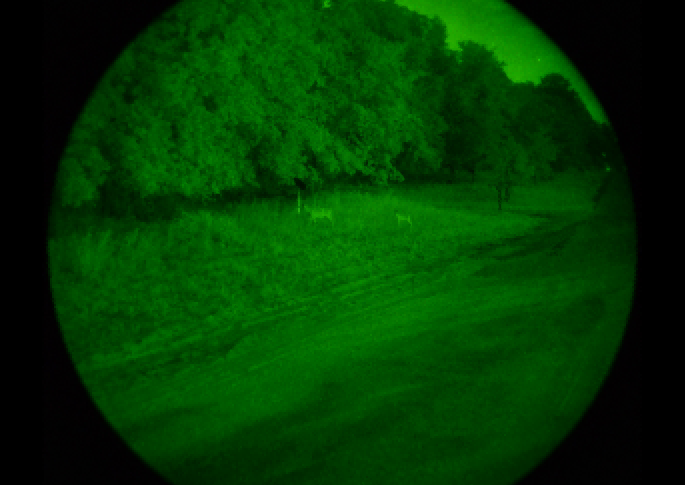
Basic Principles of Night Vision Technology
Technical Classifications
Night vision devices amplify minimal ambient light (e.g., moonlight, starlight) or detect infrared radiation to create visible images. The technology falls into three categories:
Image Intensification: The most common type, which amplifies available light up to 50,000x using a photomultiplier process.
Thermal Imaging: Detects heat signatures (infrared radiation) emitted by objects, ideal for total darkness.
Digital Night Vision: Uses CMOS sensors and software to enhance images, often with adjustable color palettes.
Core Imaging Process
Image intensification NVDs operate through a multi-stage process:
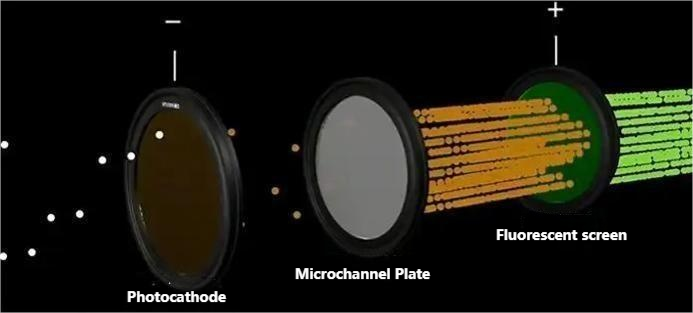
Photon Capture via Photocathode: Incoming photons (light particles) strike a photocathode, a light-sensitive surface, releasing electrons.
Electron Multiplication through Microchannel Plate (MCP): These electrons are channeled through an MCP, a plate with thousands of tiny channels. As electrons pass through the MCP, they collide with the channel walls, causing the release of more electrons, multiplying the signal.
Photon Recreation via Phosphor Screen: The amplified stream of electrons strikes a phosphor screen, a surface coated with a chemical that emits light when struck by electrons. This recreates the image in visible light.
Ocular Lens Magnification: The user views the image through an ocular lens, which magnifies it.
Why Do Night Vision Devices Use Green Images?
The green hue in image intensification NVDs is not arbitrary. It stems from a combination of factors:
Physiological Advantages of the Human Eye
The human eye is most sensitive to light in the green-yellow region of the electromagnetic spectrum (around 555 nanometers). This is due to the characteristics of the eye’s photoreceptor cells, particularly the rods, which are responsible for vision in low light. Green light allows the eye to perceive more detail and contrast in low-light conditions. Presenting the image in green maximizes the eye’s ability to discern subtle differences in brightness.
Compromise of the Phosphor Screen Material
Early phosphor screens, crucial for converting electrons back into visible light, were most efficient at producing green light. While phosphor technology has advanced, green phosphors remain a good balance between brightness, efficiency, and cost-effectiveness. Other colors are possible, but they might require more energy to produce the same level of brightness, impacting battery life and potentially increasing heat output.
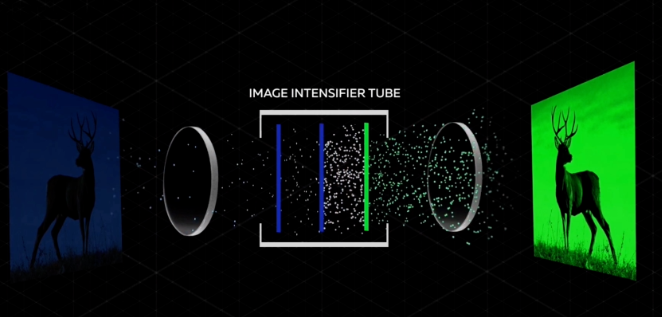
User Experience Optimization
The green image has become associated with night vision, creating a sense of familiarity and expectation. This “green equals night vision” perception is now ingrained in popular culture and user expectations.
Formation of Industry Standards
Military adoption in WWII set a precedent for green displays. Standardization simplified manufacturing, training, and interoperability across devices.
Will Future Night Vision Devices Be in Color?
While green remains dominant, advancements are being made in color night vision:
Advances in Multi-Spectral Fusion Technology
Researchers are exploring techniques that combine image intensification with other imaging modalities, such as infrared or multispectral imaging. By fusing these different data streams, it may be possible to create a more comprehensive and potentially colorized image. However, the complexity and cost of these systems are currently limiting factors.
Reasons Why Green Remains Mainstream
The advantages of green for low-light vision, coupled with the established infrastructure and user familiarity, mean that green will likely remain the primary color for many NVD applications for the foreseeable future.
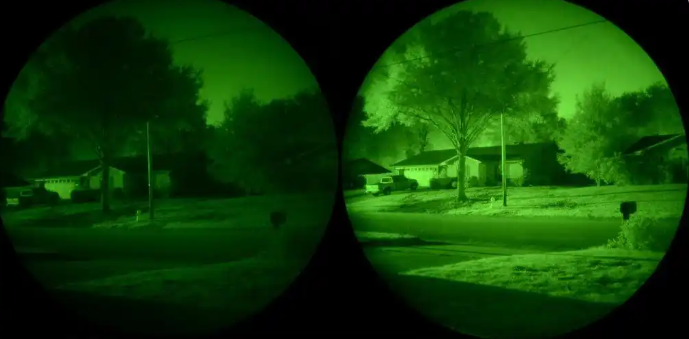
Breakthrough Attempts in Special Fields
Some specialized applications, such as surveillance or target identification, might benefit from color information. Research continues in these areas, and we may see more color NVDs in niche markets.
Digital Night Vision’s Future: Replacing Traditional Devices & Limitations
Full-color digital night vision technology has advanced significantly, achieving clear imaging at extremely low light levels. However, two key challenges prevent it from replacing image intensification night vision.
The Emergence of Full-Color Digital Night Vision Technology
The core performance metric of night vision devices is starlight-level sensitivity, which determines how well a device can capture images under extremely low-light conditions. Currently, the most advanced full-color digital night vision technology can achieve clear imaging at 0.0001 LUX, making it effective in nearly all natural nighttime environments on Earth.
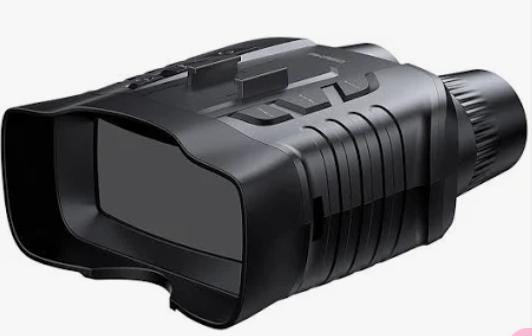
FORESEEN OPTICS has successfully developed this cutting-edge digital night vision technology. However, to balance cost, efficiency, and mass production needs for hunting and wildlife observation, the company currently manufactures full-color digital night vision devices with 0.001 LUX sensitivity, providing an optimal mix of performance and affordability.
Challenges Preventing Full-Color Digital Night Vision from Replacing Image Intensification Technology
While full-color digital night vision has made remarkable progress, two key challenges prevent it from completely replacing traditional image intensification night vision:
A: Battery Life Limitations
Full-color digital night vision devices rely on high-performance CMOS sensors and advanced processing circuits, which consume significantly more power than traditional night vision. As a result, battery life is a major constraint, making it difficult to sustain prolonged military operations, extended hunting trips, or long-term surveillance without frequent recharging or battery replacements.
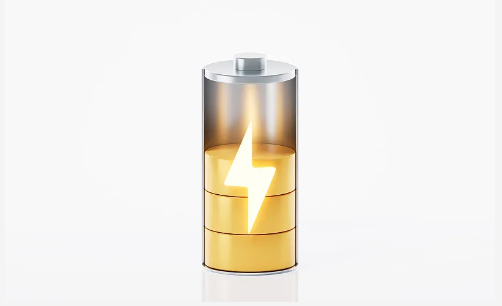
B: Size & Portability Issues
Unlike traditional image intensification night vision goggles (NVGs), which are compact and easily integrated into helmets or tactical gear, full-color digital night vision devices are still mostly handheld. The current lack of lightweight, wearable options makes them less practical for combat, law enforcement, and other field applications where hands-free operation and portability are essential.
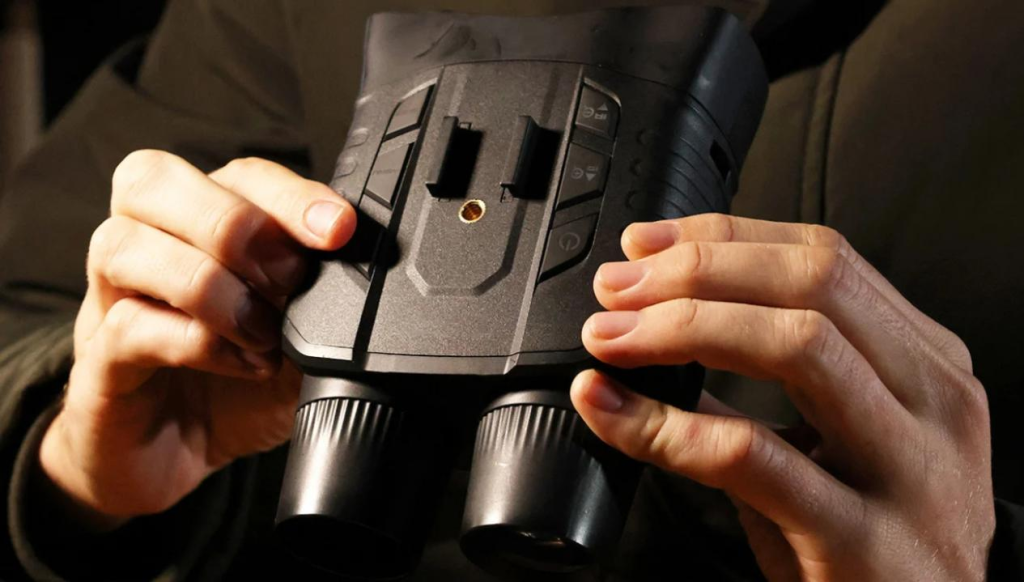
Applications of Night Vision in Modern Technology
Night vision technology has found applications in a wide range of fields:
Military: NVDs are essential for nighttime operations, enabling soldiers to navigate, target, and engage in combat in low-light conditions.
Applications of Night Vision in Modern Technology
Law Enforcement: Police use NVDs for surveillance, search and rescue operations, and apprehending suspects at night.
Security: NVDs are used in security systems for monitoring perimeters and detecting intruders.
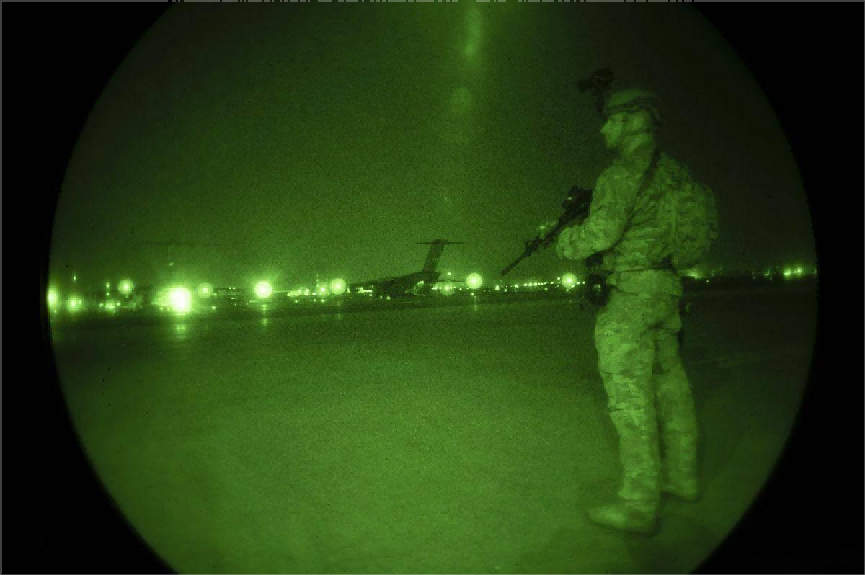
Wildlife Observation: Researchers and enthusiasts use NVDs to observe nocturnal animals in their natural habitat.
Hunting and Outdoor Recreation: Hunters and outdoor enthusiasts use NVDs for navigation and spotting game in low-light conditions.
Summary
The green image in night vision devices is a result of a combination of physiological, technological, and historical factors. While green remains the most effective color for maximizing human eye sensitivity in low-light conditions, advancements in digital night vision and multispectral imaging offer the potential for future color night vision devices.
As technology evolves, we may see a wider range of colors in NVDs, tailored to specific applications and user needs. However, the inherent advantages of green for low-light vision suggest that it will remain a prominent feature of night vision technology for the foreseeable future.

